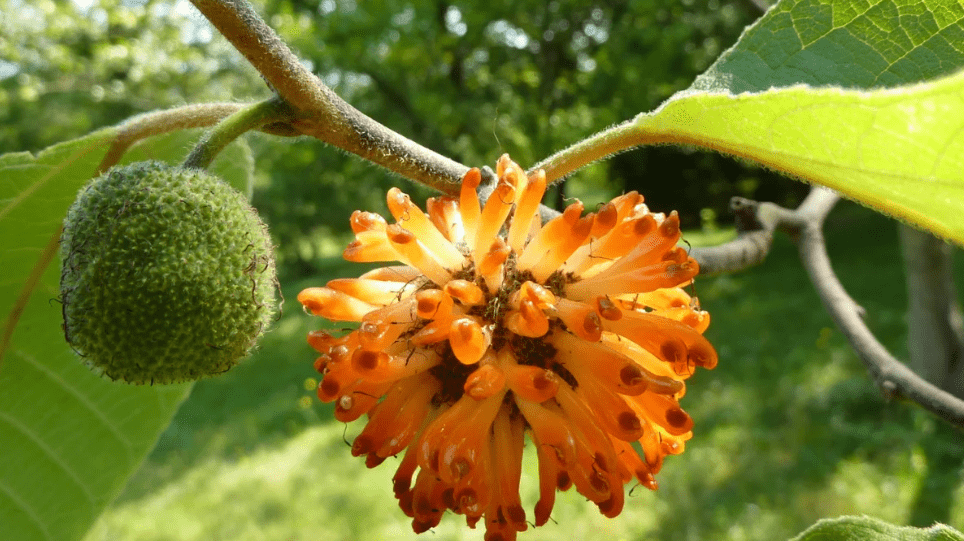
Paper Mulberry Tree: Essential Tips for Thriving Growth
If you’re looking to add a touch of natural beauty to your garden, then planting a paper mulberry tree is a fantastic choice. But simply planting the tree is not enough—proper care and maintenance are essential for ensuring its thriving growth. In this post, we’ll provide you with essential tips and techniques for growing a healthy and vibrant paper mulberry tree in your garden. From planting to pruning, we’ve got you covered with all the information you need to ensure your tree flourishes and adds beauty to your outdoor space. So let’s dive in and get your paper mulberry tree on the path to thriving growth!
Table of Contents
ToggleUnderstanding the Paper Mulberry Tree
A. Description of the Paper Mulberry Tree
The paper mulberry tree is a beautiful and versatile addition to any garden. With its unique lobed leaves and fast-growing nature, it adds a touch of elegance and natural beauty to any outdoor space. This tree is also known for its adaptability to various soil types and its ability to withstand different weather conditions, making it an ideal choice for a wide range of climates. Its unique and distinct appearance makes it a standout feature in any garden, and with the right care and maintenance, it can thrive and grow into a stunning focal point in your outdoor space.
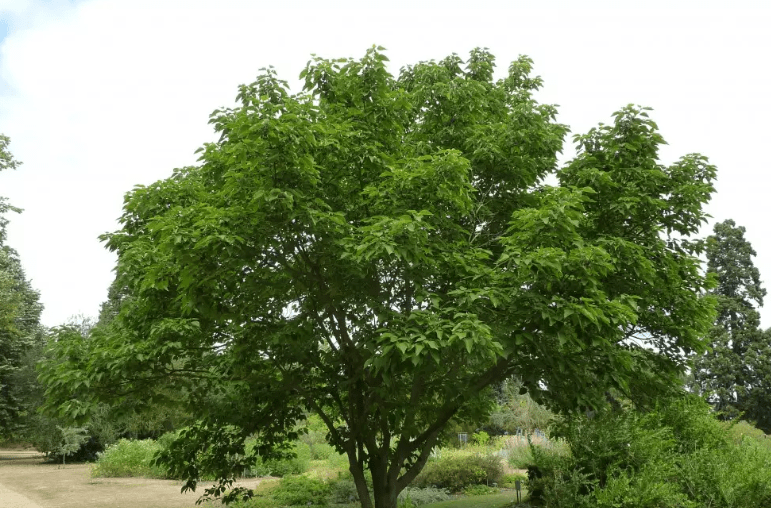
B. Ideal growing conditions
The paper mulberry tree thrives in full sun and well-drained soil, so be sure to plant it in a spot where it can soak up plenty of sunlight and water can easily drain away from its roots. It’s also important to give it plenty of room to grow, as it can reach up to 30 feet in height and spread out just as wide. With the right amount of space and proper care, this tree will reward you with its graceful beauty and lush foliage for years to come.
Planting the Paper Mulberry Tree
A. Choosing the right location
When it comes to choosing the right location for your paper mulberry tree, the key is to provide it with plenty of sunlight and well-drained soil. This adaptable tree can thrive in various soil types and weather conditions, making it an ideal choice for a wide range of climates. Its unique and distinct appearance will make it a standout feature in any garden, and with the right care and maintenance, it can grow into a stunning focal point in your outdoor space. So, choose a spot that allows for plenty of sunlight, well-drained soil, and ample space for the tree to grow and flourish. Trust me, you won’t regret it when you see this beautiful tree thriving in your garden.
B. Soil preparation
1. Soil type (drainage, pH levels)
When preparing the soil for your paper mulberry tree, it is essential to consider the drainage and pH levels of the soil. Paper mulberry trees thrive in well-drained soil and can tolerate a wide range of pH levels, making them adaptable to various soil types. By ensuring that the soil is well-drained and has the right pH levels, you are setting the tree up for success and ensuring that it can thrive and flourish in its new environment. So, take the time to prepare the soil properly to provide the best possible conditions for your paper mulberry tree to grow and thrive. Your efforts will be rewarded with a healthy and beautiful tree in your garden.
2. Soil amendments and fertilization
When it comes to soil preparation for your paper mulberry tree, soil amendments and fertilization are crucial components to consider. Adding organic matter such as compost or well-rotted manure can improve the soil structure and provide essential nutrients for the tree. Fertilization with a balanced fertilizer can also help to promote healthy growth and support the tree’s overall health and vigor.
By taking the time to amend and fertilize the soil, you are providing the necessary nutrients and support for your paper mulberry tree to thrive. This extra effort will result in a stronger, healthier tree that will be more resistant to pests and diseases. So, invest in the soil amendments and fertilization that your tree needs, and you’ll be rewarded with a beautiful and thriving addition to your landscape.
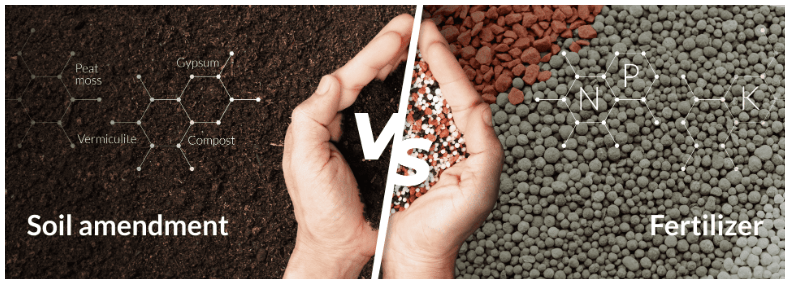
C. Planting steps
1. How to select and prepare seedlings or saplings
When selecting seedlings or saplings for your paper mulberry tree, it’s important to choose healthy, vigorous plants that are free from any signs of pests or disease. Look for well-developed root systems and strong stems and branches. Once you have selected your seedlings or saplings, it’s crucial to prepare the planting site by amending the soil with organic matter and fertilizing to provide the necessary nutrients for your tree to thrive. Taking the time to carefully select and prepare your seedlings or saplings will set the stage for a successful and thriving paper mulberry tree in your landscape. So, invest in high-quality plants and take the time to prepare the planting site, and you’ll be on your way to enjoying a beautiful and healthy tree for years to come.
2. Planting techniques (depth, spacing)
When it comes to planting your paper mulberry tree, it’s essential to follow the proper planting techniques to ensure its success. Dig a hole that is just as deep as the root ball and twice as wide to give the roots plenty of room to spread out. Make sure to space your trees at least 10-15 feet apart to allow for adequate growth and avoid overcrowding. It’s also important to backfill the hole with soil and water thoroughly to eliminate any air pockets and ensure that the roots make good contact with the soil. Following these planting techniques will give your paper mulberry tree the best possible start and set it up for a lifetime of healthy growth. So, take the time to plant your tree properly, and you’ll be rewarded with a beautiful and thriving addition to your landscape.
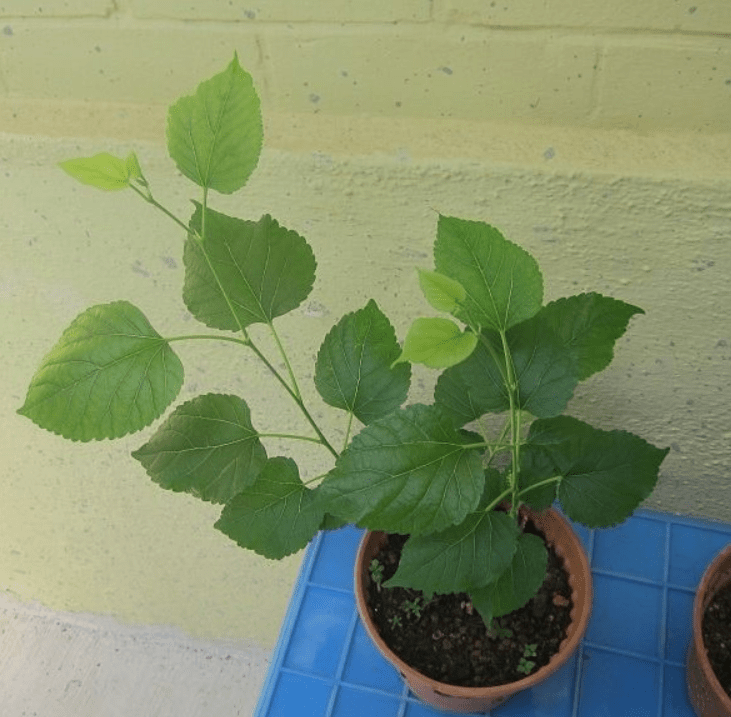
Care and Maintenance
A. Watering requirements
When it comes to caring for your paper mulberry tree, proper watering is crucial to its health and vitality. Remember, trees need water to thrive, especially when they are newly planted. So, make sure to water your tree deeply and thoroughly, keeping the soil consistently moist but not waterlogged. During the first year of growth, your tree may require more frequent watering, especially during dry periods. As it matures, you can gradually reduce the frequency of watering, but always monitor the soil moisture to ensure your tree is getting what it needs. By following proper watering practices, you can help your paper mulberry tree establish a strong root system and promote healthy growth for years to come. So, make it a priority to give your tree the water it needs, and you’ll be rewarded with a beautiful and thriving addition to your landscape.
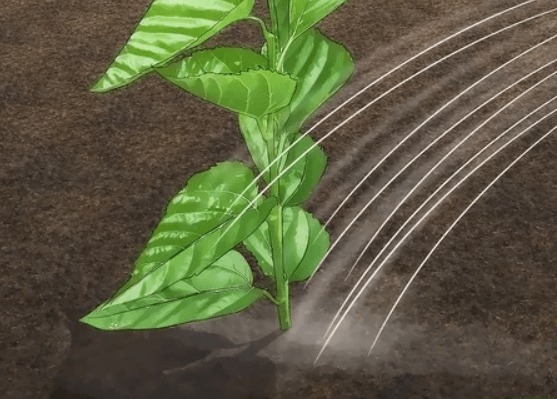
B. Fertilization
Fertilization is also essential for the health and growth of your paper mulberry tree. By providing the right balance of nutrients, you can ensure that your tree has the resources it needs to thrive and flourish. Choose a high-quality, slow-release fertilizer and apply it according to the instructions to avoid overfeeding. By feeding your tree with the proper nutrients, you can support strong, healthy growth and vibrant foliage. So, don’t overlook the importance of fertilizing your paper mulberry tree to help it reach its full potential. With the right care and attention, your tree will reward you with years of beauty and shade for you and your family to enjoy. Make sure to prioritize fertilization to support the health and vitality of your paper mulberry tree.
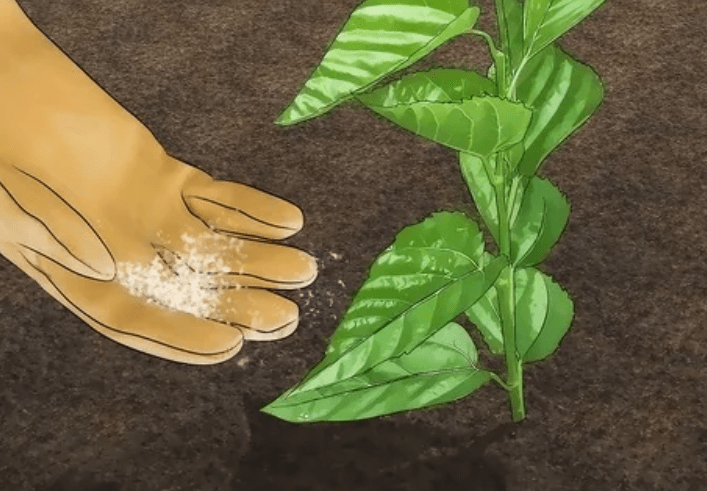
C. Pruning and shaping
Regular pruning and shaping of your paper mulberry tree is essential to maintain its health and appearance. By removing dead or diseased branches and shaping the tree’s canopy, you can promote healthy growth and prevent overcrowding. This will also improve air circulation and sunlight penetration, keeping your tree strong and vibrant.
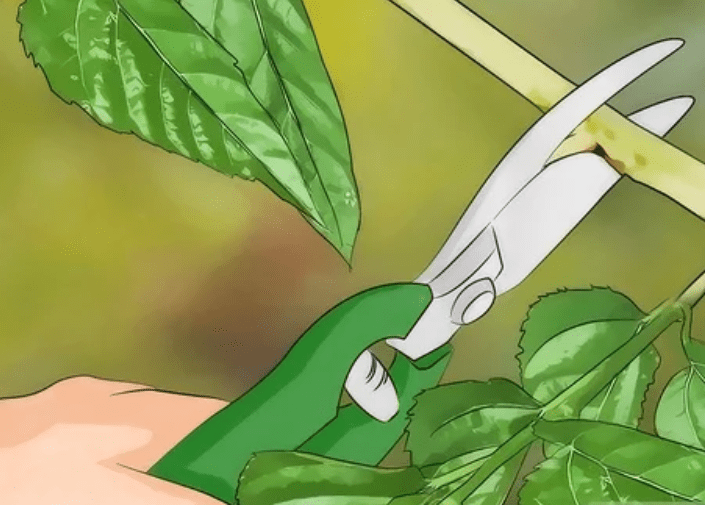
D. Pest and disease management
1. Common pests and diseases
Common pests and diseases that can affect paper mulberry trees include aphids, scale insects, and powdery mildew. By regularly inspecting your tree and implementing proactive pest and disease management strategies, you can prevent these issues from causing damage to your tree. This may include using natural predators, pruning affected branches, or applying horticultural oils or insecticidal soaps. Prioritizing pest and disease management will ensure that your paper mulberry tree remains healthy and free from infestations.
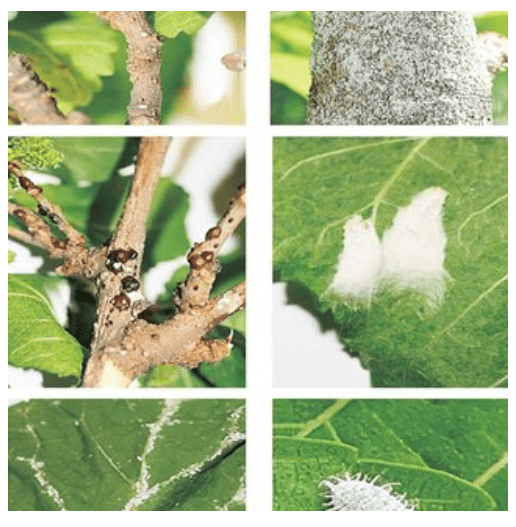
2. Prevention and treatment strategies
Prevention is always the best approach when it comes to managing pests and diseases in your paper mulberry tree. Regularly inspecting your tree for signs of infestations or infections can help you catch issues early and take action before they become a serious problem. This can include removing affected branches, practicing good sanitation around the tree, and providing proper nutrition and care to keep the tree strong and resilient.
In the event that pests or diseases do appear, swift and targeted treatment is essential. Utilizing natural, eco-friendly methods such as horticultural oils, insecticidal soaps, or beneficial predators can effectively manage infestations without harming the environment. By prioritizing pest and disease management, you can ensure that your paper mulberry tree remains healthy, vibrant, and free from harmful issues. Don’t wait until it’s too late to take action – be proactive in protecting your tree and preserving its beauty and strength for years to come.
Seasonal Considerations
A. Spring and summer care
In the spring and summer, your paper mulberry tree is actively growing and susceptible to a variety of pests and diseases. Regularly inspect the tree for signs of issues such as powdery mildew, aphids, or scale insects. Keep the area around the tree clean and free of debris to prevent fungal infections. Provide the tree with proper nutrition and water to help it withstand any potential stress. Utilize natural methods to manage any infestations that may arise, such as introducing beneficial insects or using organic sprays. By staying vigilant and proactive in caring for your tree, you can ensure it thrives throughout the spring and summer months.
B. Fall and winter care
As the fall and winter months approach, it’s important to continue monitoring your paper mulberry tree for signs of pests and diseases. Many insects and pathogens can still be active during these seasons, so don’t let your guard down. Remove any dead or diseased branches to prevent issues from spreading. Consider applying a dormant oil spray to the tree to help control overwintering pests. Properly mulch and protect the tree to help it withstand the colder temperatures. By maintaining your vigilance and utilizing targeted treatments, you can help ensure the health and resilience of your tree throughout the fall and winter. Your proactive care will pay off in the form of a strong, vibrant paper mulberry tree for years to come.
Common Problems and Solutions
A. Troubleshooting common issues
1. Leaf drop, poor growth, and discoloration
Don’t let common issues like leaf drop, poor growth, and discoloration go unchecked. Take action now to remove any dead or diseased branches to prevent these issues from spreading. Consider applying a dormant oil spray to control overwintering pests and properly mulch and protect the tree to help it withstand the colder temperatures. Your proactive care will pay off in the form of a strong, vibrant paper mulberry tree for years to come. Don’t wait until it’s too late – take action now to ensure the health and resilience of your tree throughout the fall and winter.
2. Root problems and solutions
Don’t ignore root problems with your trees and shrubs. If you notice signs of root issues such as wilting or yellowing leaves, stunted growth, or fungal growth around the base of the tree, it’s time to take action. Consider aerating the soil to improve oxygen levels and water penetration, and avoid compacting the soil around the roots. Properly watering the tree and ensuring proper drainage can also help alleviate root issues. Don’t let root problems go untreated – take proactive steps to ensure the health and longevity of your trees and shrubs. Your efforts will pay off in the form of strong, healthy roots and vibrant, thriving plants in your landscape.
B. Solutions for specific challenges
If you’re dealing with specific root challenges such as root rot or girdling roots, it’s essential to address these issues head-on. For root rot, consider improving drainage and reducing excessive watering to prevent the spread of the fungal disease. Remove any affected roots and treat the soil with a fungicide to prevent further infection.
In the case of girdling roots, carefully remove the offending root to prevent strangulation of the tree or shrub. Proper root pruning and root barrier installation can also help to prevent girdling roots from causing further damage.
Remember, addressing root problems early on is crucial for the overall health of your plants. By taking proactive steps to improve root health, you can ensure that your trees and shrubs will continue to thrive for years to come. Don’t wait until it’s too late – take action now to address root issues and enjoy a lush, vibrant landscape. Your plants will thank you for it!
Propagation and Expansion
A. Methods of propagation
Methods of propagation for trees and shrubs, such as air layering, cutting, and grafting, can also help to expand your plant collection and create a more diverse and beautiful landscape. By learning and utilizing these propagation techniques, you can cultivate new plants from your existing ones and enhance the natural beauty of your outdoor space. Don’t miss out on the opportunity to expand your garden and create a stunning display of foliage and flowers. Take the time to explore different propagation methods and watch your garden grow and flourish in ways you never thought possible. It’s a rewarding and satisfying process that will add depth and variety to your landscape. So, what are you waiting for? Start propagating and expanding your plant collection today! Your garden will thank you for it.
Environmental and Cultural Benefits
A. Environmental impact
Expanding your garden through propagation not only adds beauty to your landscape, but it also has numerous environmental benefits. More plants mean more oxygen production and carbon dioxide absorption, contributing to a healthier environment. Additionally, a diverse garden can attract a variety of pollinators, helping to support local ecosystems. By propagating and expanding your garden, you are not only creating a stunning display, but also making a positive impact on the environment.
B. Cultural impact
Propagating and expanding your garden can also have a positive cultural impact. Sharing your newly propagated plants with friends and neighbors can foster a sense of community and connection. It’s also a great way to preserve and pass on heirloom plants and varieties, contributing to the preservation of our horticultural heritage. By expanding your garden through propagation, you are not only enriching your own landscape, but also contributing to the cultural richness of your community. Don’t miss out on the opportunity to make a positive impact on both the environment and culture by expanding your garden through propagation.
In conclusion, growing a paper mulberry tree requires patience and dedication. It’s important to ensure that the tree is planted in the right location, receives proper care and maintenance, and is protected from pests and diseases. By following these essential tips, you can ensure that your paper mulberry tree thrives and adds beauty to your outdoor space for years to come. Don’t just settle for any tree in your garden, make sure it’s a paper mulberry tree and watch it flourish with these essential tips.
Frequently Asked Questions (FAQs)
The best location for a paper mulberry tree is in a spot with full sunlight and well-drained soil. It can tolerate a variety of soil types, but good drainage is essential for healthy growth.
Paper mulberry trees prefer consistently moist soil, especially during the first few years of growth. Water deeply once a week, but adjust based on weather conditions and soil moisture levels.
Paper mulberry trees can be susceptible to diseases such as leaf spot and powdery mildew, as well as pests like scale insects. Regular inspection and proper care can help prevent and manage these issues.
Paper mulberry trees are fast-growing and can reach heights of 30-50 feet in just a few years. Regular pruning and shaping can help control their growth and maintain an attractive appearance.
While paper mulberry trees can be grown in containers, they thrive best when planted in the ground where they have room to spread out their roots. If planting in a container, choose a large, sturdy pot and provide ample space for root growth.
Paper mulberry trees provide ample shade and attractive, lobed leaves that turn a beautiful golden color in the fall. They also produce small, red fruits that are attractive to wildlife and can add visual interest to your landscape.
Prune your paper mulberry tree during the dormant season to remove any dead, damaged, or crossing branches. Additionally, you can shape the tree to your desired form and size by selectively pruning.
Paper mulberry trees are well-suited for urban environments due to their tolerance of pollution and compacted soil. They can thrive in city landscapes and provide valuable shade and beauty to urban spaces.
